Blog – Engineering
Featured Articles
Beyond Code: Exploring Developer Experience at Paxos
Blockchain 101: Elliptic Curve Cryptography
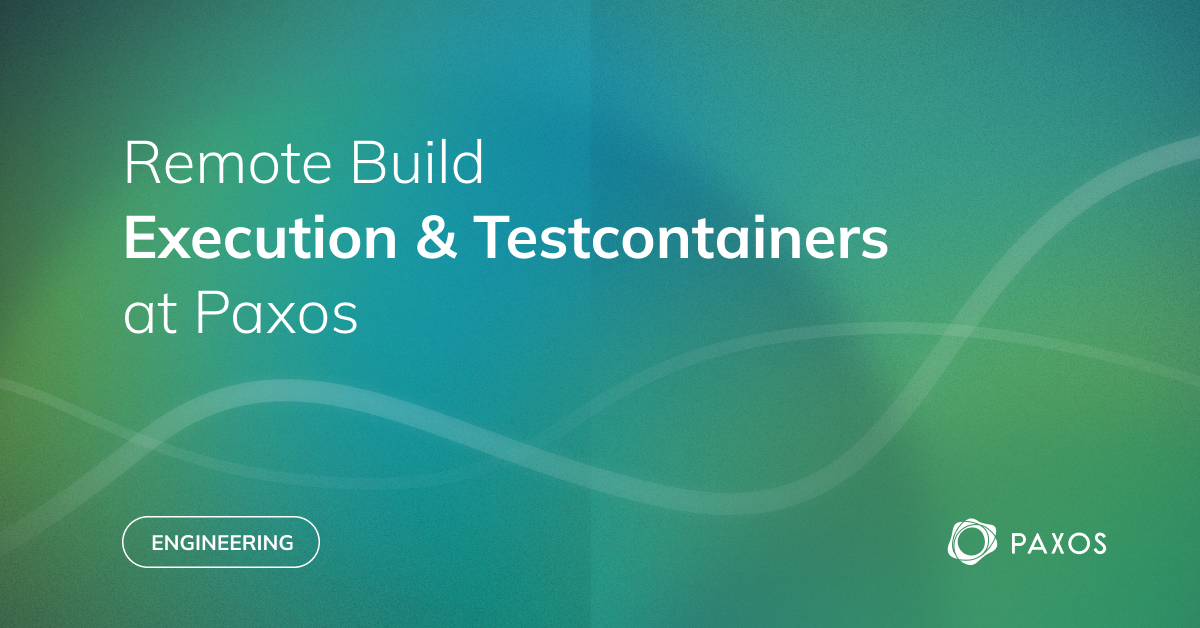
Remote Build Execution & Testcontainers at Paxos
Paxos underwent significant growth in 2023, increasing from 353,286 to 532,806 lines of Golang test code, growing its engineering headcount and launching industry-defining products.

Beyond Code: Exploring Developer Experience at Paxos
The process of building software can be hindered by a disorganized development environment. However, by structuring the workspace with the right tools, libraries and processes, developers can significantly enhance the coding experience.

Blockchain 101: Elliptic Curve Cryptography
In this series of articles, we aim to provide a solid foundation for blockchain development. In a previous blog post, we presented an overview of

Blockchain 101 : Foundational Math
Getting into blockchain development can be intimidating. There’s a whole host of unusual terms that are thrown around, like “zero knowledge” and “merkle tree,” which not only look odd but are also not obvious.
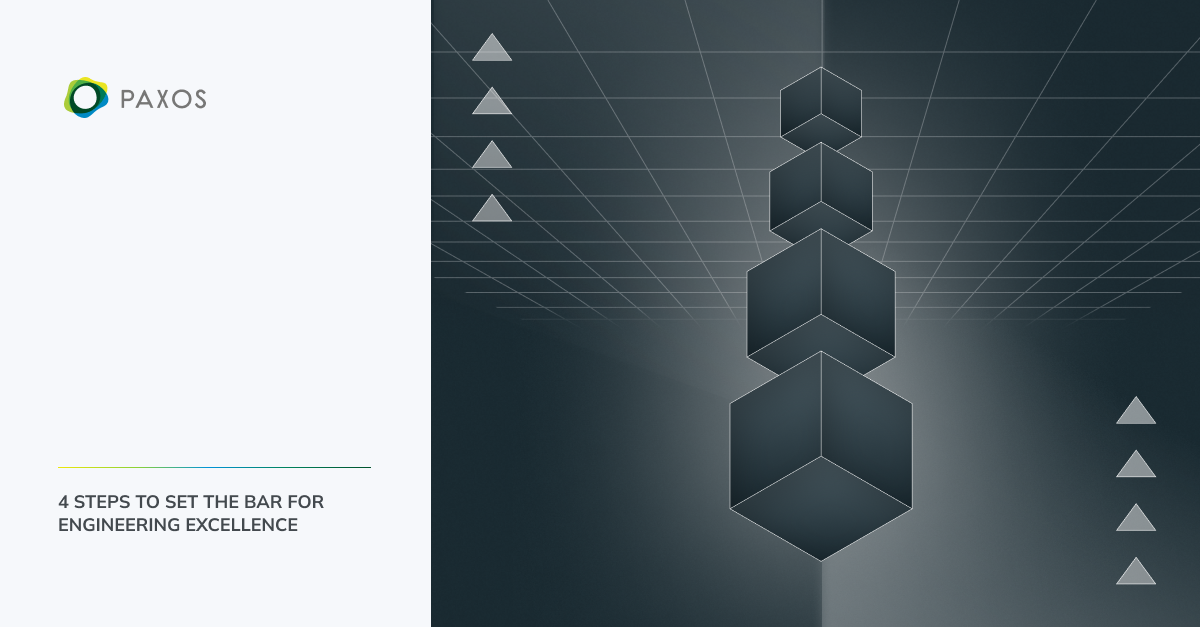
4 Steps to Set the Bar for Engineering Excellence
My name is Kelly and I’ve managed engineers at various companies for seven years now, each with unique challenges and opportunities.

A Day in the Life of a Senior Software Engineer at Paxos
Hi, I’m Michael Oswald. I’m a Senior Software Engineer on the Trading team, and this is a day in my life at Paxos.

5 Things to Know From Paxos’ Stablecoins at Scale Webinar
At Paxos, we’re steadfast in our mission: Open the world’s financial system to everyone by enabling the instant movement of any asset to anyone in a trustworthy way. Stablecoins are a powerful, real-world example of how we will make this happen.
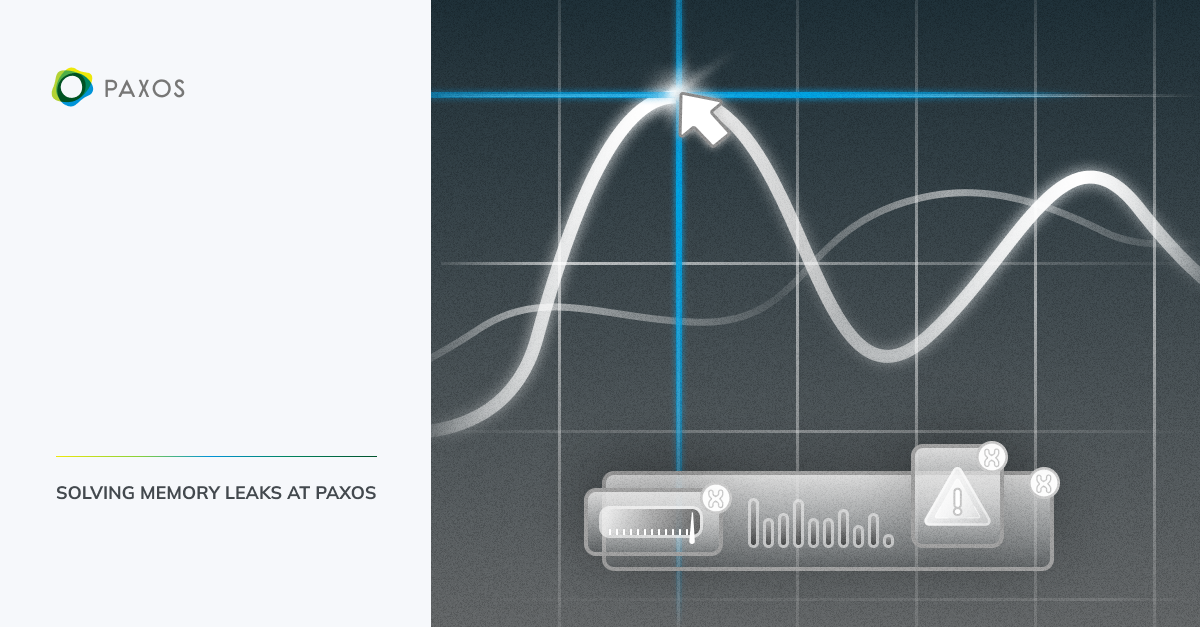
Solving Memory Leaks at Paxos
Memory leaks are a common problem in software development, and they can happen for various reasons. At Paxos, we’ve had several memory leaks over the years in our various services.

Embracing the Hybrid Approach: Our Microservice Communication Layer Journey at Paxos
We are the Blockchain Team at Paxos. We want to decide what communication layer to use for our new microservice infrastructure.
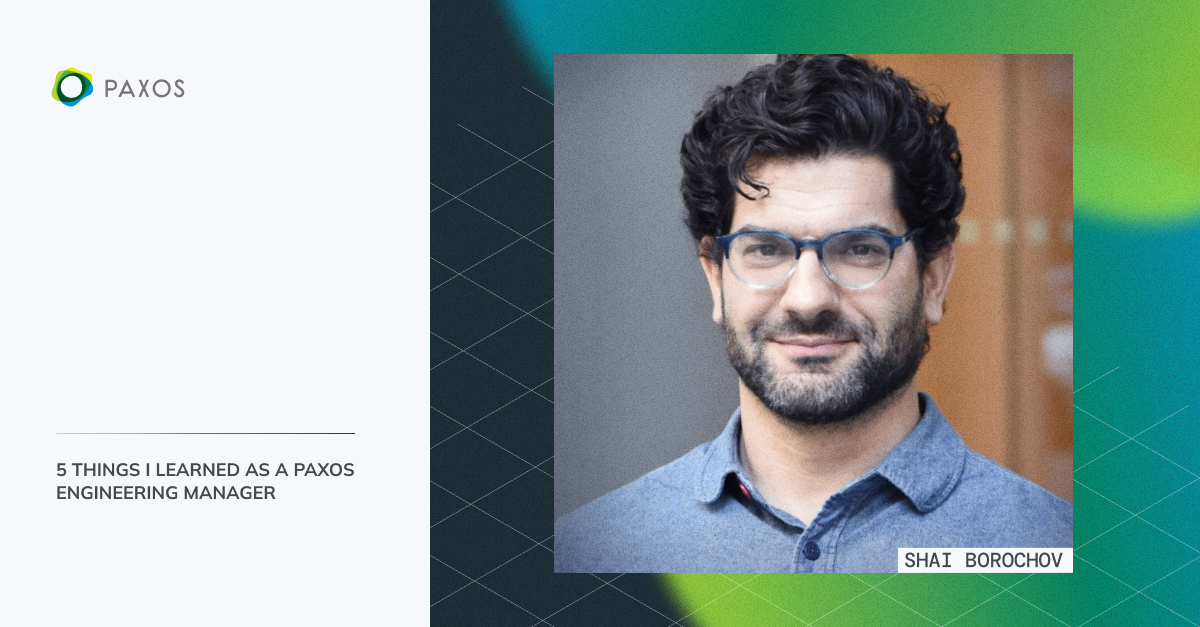
5 Things I Learned as a Paxos Engineering Manager
Hi, I’m Shai, a Senior Engineering Manager at Paxos. I lead the Trading Engineering team, which supports our crypto trading applications.

Paxos Engineers See Accelerating Growth Ahead
In my previous post, I outlined the Paxos vision for Web3 technologies and how our engineers are building infrastructure for the future financial system. This long-term vision comes with an understanding that the best has yet to come and our systematic regulation-first approach will yield results in the not-so-distant future.
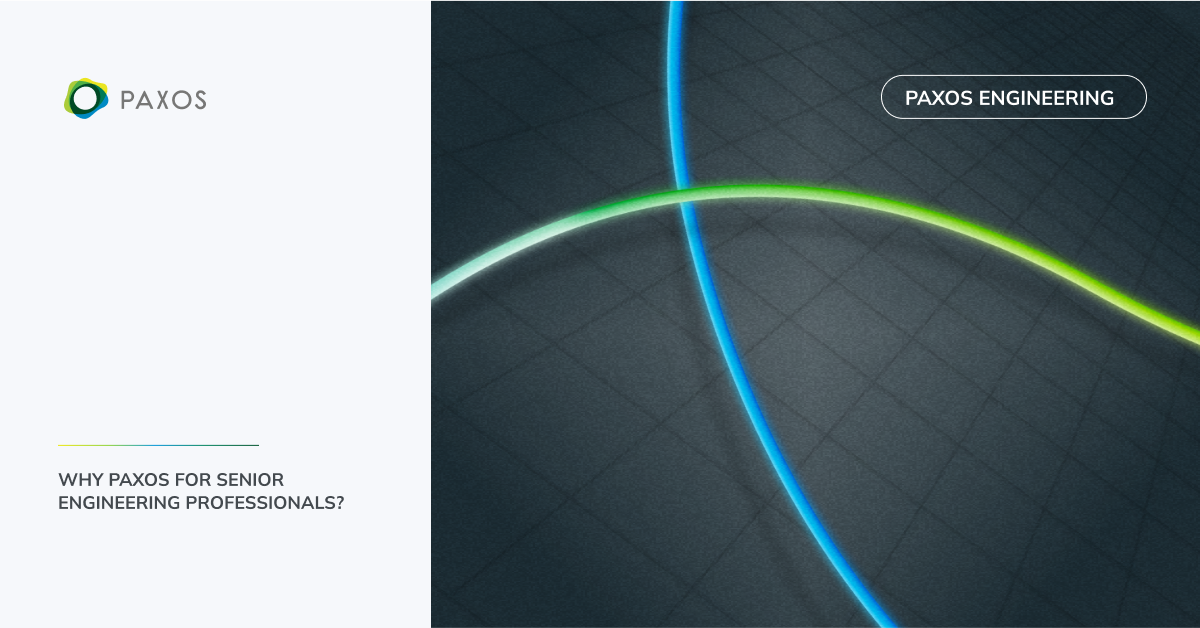
Why Paxos for Senior Engineering Professionals?
Paxos is seeking staff engineers and engineering managers to join us on our mission to build a new financial infrastructure for the economy of tomorrow. Our blockchain solutions tokenize, custody, trade and settle assets for enterprise clients, enabling the trustworthy and instantaneous movement of any asset, at any time.

Paxos Destination: Ireland
Paxos is on a mission to enable the movement of any asset, any time, in a trustworthy way. To complete this mission, we are continuing to grow our remote-first team while establishing a presence in new locations. Next stop – Ireland!

Deploying Dollars on the Blockchain
Watch Paxos Engineering leaders Ilan Gitter and Brent Perreault go in-depth on what it takes to build a stablecoin and deploy it on the blockchain!

Hypergrowth vs. Tech Debt
In the last several months, Paxos has hit a stage of development commonly known as “hypergrowth” due to the mainstream adoption of digital assets. Under heavy acceleration, tech companies need to rapidly evolve software systems from earlier-stage minimal viable products to enterprise-grade platforms that are scalable and reliable. These transformations are extremely challenging, and the challenges extend beyond software development to organizations as a whole.
